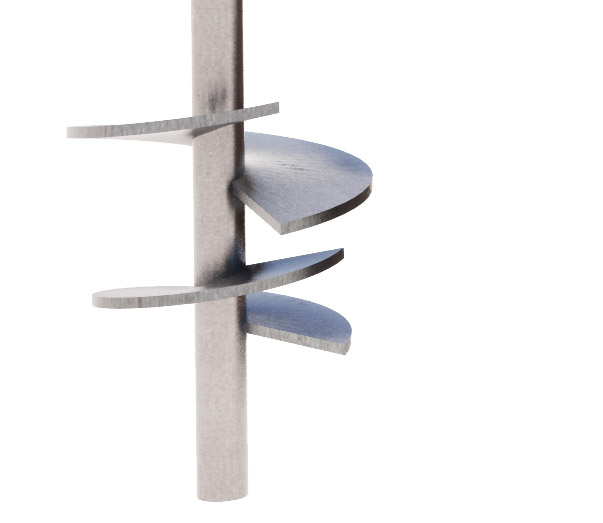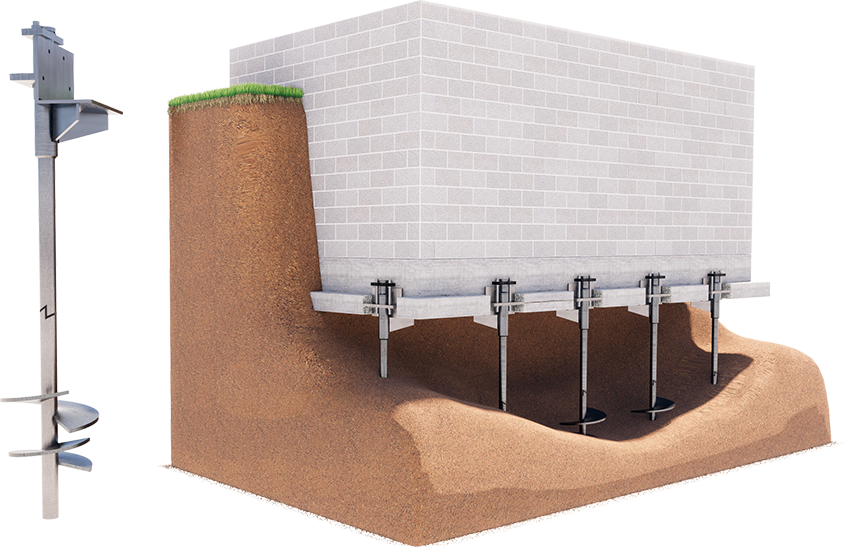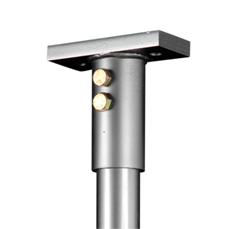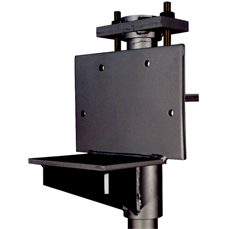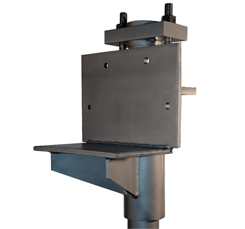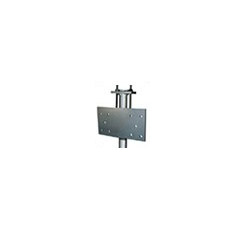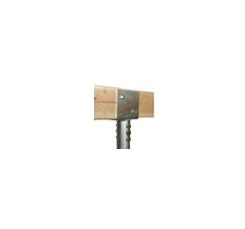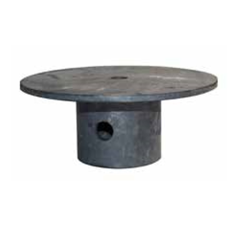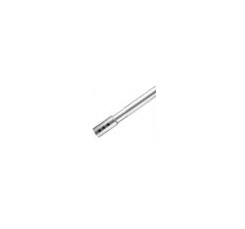HELICAL PIER SYSTEMS
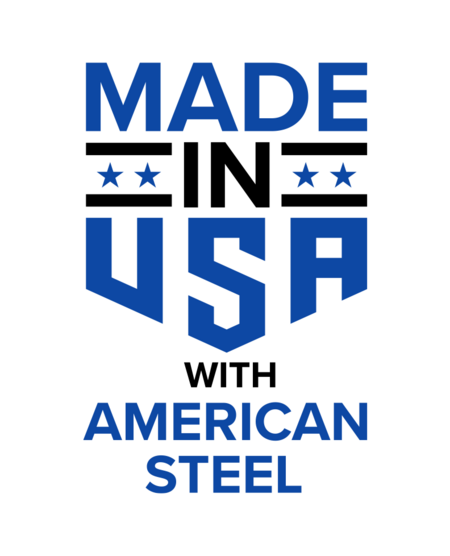
What Are Helical Piers Systems Used For?
Helical pier systems, also known as helical pile systems or helical anchors, are used to repair and stabilize failing foundations. These effective pier systems can also be used when constructing new foundations in soils that cannot support traditional foundations. Helical piers are hydraulically driven and screwed into competent load-bearing soils. Grip Tite’s helical piers have true helix-shaped flight(s) welded to a central shaft to provide specified design capacities in both tension and compression applications.
To learn more about how helical pier and pile systems can be used for foundation repair services, or how you can add them to your foundation repair service, call our team today! If you’re looking to add helical piers to your foundation repair business and take your business to the next level, become a Grip-Tite certified installer today. If you’re a homeowner looking for a Grip-Tite certified installer near you, see our “find a certified installer” page to see a list of contractors in your area.
At Grip-Tite, we make it easy to get the foundation repair products you need to keep your home or business safe. Our team has set the standard in the foundation repair industry for more than 100 years. When you want quality you can count on, you want Grip-Tite. Call us today to see what our team can do for you!
THE TWO TYPES OF HELICAL PIERS

Round Shaft Piers
Round shaft piers are best used in compression applications. These piers have a greater load capacity and lateral strength.
Round shafts are 2 7/8″ diameter, 3.5-inch diameter, and 4.5-inch diameter. The Round Shaft lead sections utilize 1, 2, or 3 helix flights which are 8″, 10″, 12″, and 14″ in diameter.

Square Shaft Piers
Square shaft piers are more appropriate for projects that require significant tensile strength or torque capacity.
Square Shafts are 1.5, 1.75, and 2.25 inch Round Corner Square (RCS). Square Shaft lead sections utilize 1, 2, or 3 helix flights which are 8″, 10″, 12″, and 14″ in diameter
How Are Helical Pier Systems Installed?
To install helical piers, the helical flights are geometrically spaced along the shaft. This provides minimal disruption to the soils in which they are installed. Then, a foundation bracket is connected to provide support to the failing foundation, or specified terminations are connected to the installed shaft to offer support to new foundations. This provides your home’s foundation with anchor points and ensures that your foundation will remain strong in the fight against damage.
- Lead sections and extensions can be configured to achieve design depth and capacity
- Lead sections are available in 2, 5, and 7-foot lengths
- Extensions available in 3, 5, and 7-foot lengths
- Extensions utilize rigid, three-bolt couplings
- Helical piers available with single, double, and triple helix lead sections
- Helix blade diameters of 8, 10, 12, and 14 inches
- Lead sections of the pier can be configured to achieve design depths and capacities
- Minimal excavation is required around the foundation area
- Installs quickly with small or handheld equipment
- Vibration-free installation (unlike traditional driven piles)
- No wait ‘ piers installed year-round
- Installs in areas with limited or tight access without generating spoils
- Pier system installed below grade ‘ not visible once the installation is complete
- Cost-effective ‘ gets a structure back on solid ground
- Permanent solution ‘ prevents further vertical movement
- All-weather installation
- Can be installed with either handheld or small equipment
- Can be installed in areas of limited or tight access
- Foundation concrete can be poured immediately following installation
- Lead sections can be configured to achieve design depth and capacity
- Cost-competitive versus other deep foundation alternatives
- Vibration-free installation (unlike traditional driven piles)
- Installs quickly without generating spoils
SPECIFICATIONS
- 2.875-inch Outside Diameter (O.D.) x 0.262-inch wall tube steel, ultimate tensile strength = 58,000 psi (min.), yield tensile strength = 50,000 psi (min.)
- Torque Strength Rating = 9,000 ft.-lb.
- Torque Correlation Factor (Kt) = 9 ft-1
- Connecting Bolts
0.75-inch diameter Heavy Hex Machine Bolt (SAE J429 ‘ Grade 8) - Weld
E70 ‘ minimum tensile strength = 70,000 psi - Ultimate axial capacity based upon installation torque = 100 kips (tension/compression)
- Allowable axial capacity based upon installation torque = 50 kips (FOS = 2)
- 3.5-inch O.D. x 0.300-inch wall (ASTM A500, Grade C)
- 4.0 inches x 8 inches x 1-inch thick plate steel (ASTM A-36)
- Connecting Bolts
0.75-inch diameter Heavy Hex Machine Bolt (SAE J429 ‘ Grade 8) - Weld
E70 ‘ minimum tensile strength = 70,000 psi - Allowable axial capacity = 50 kips (compression), 44 kips (tension)
- Allowable capacity with retrofit foundation bracket = 40 kips
- Bracket Tube
3.875-inch O.D. x 3.125-inch Inside Diameter (I.D.) x 10-inch long DOM mechanical steel tubing conforming to ASTM 513 ‘ Type 5 / Grade 1026. Ultimate tensile strength = 100,000 psi (min.), yield tensile strength = 90,000 psi (min.) - Angle Bracket
0.5-inch thick flat plate conforming to ASTM A-36 hot rolled steel bent to form a 90 degree angle with equal sides of approximately 8 inches. Ultimate tensile strength = 58,000 psi (min.), yield tensile strength = 36,000 psi (min.) - Bracket Support Strap
0.375-inch thick x 3 inches wide x 21.25 inches flat bar conforming to ASTM A-36 hot rolled steel which is bent into a “horseshoe” shape around the bracket tube. Ultimate tensile strength = 58,000 psi (min.), yield tensile strength = 36,000 psi (min. - Top Plate
0.75-inch thick x 5.5 inches wide x 9.5 inches long conforming to ASTM A-36 hot rolled steel. Ultimate tensile strength = 58,000 psi (min.), yield tensile strength = 36,000 psi (min.) - Cap Plate
1.0-inch thick x 4.0 inches wide x 8.5 inches long conforming to ASTM A-36 hot rolled steel. Ultimate tensile strength = 58,000 psi (min.), yield tensile strength = 36,000 psi (min.) - Weld
E71T1, minimum tensile strength = 71,000 psi ‘ preformed by AWS certified welder - Threaded Rod
0.75-inch diameter x 12 inches long ASTM A311 ‘ Class B / Grade 8 Zinc Plated. Ultimate tensile strength = 150,000 psi, yield tensile strength = 130,000 psi
